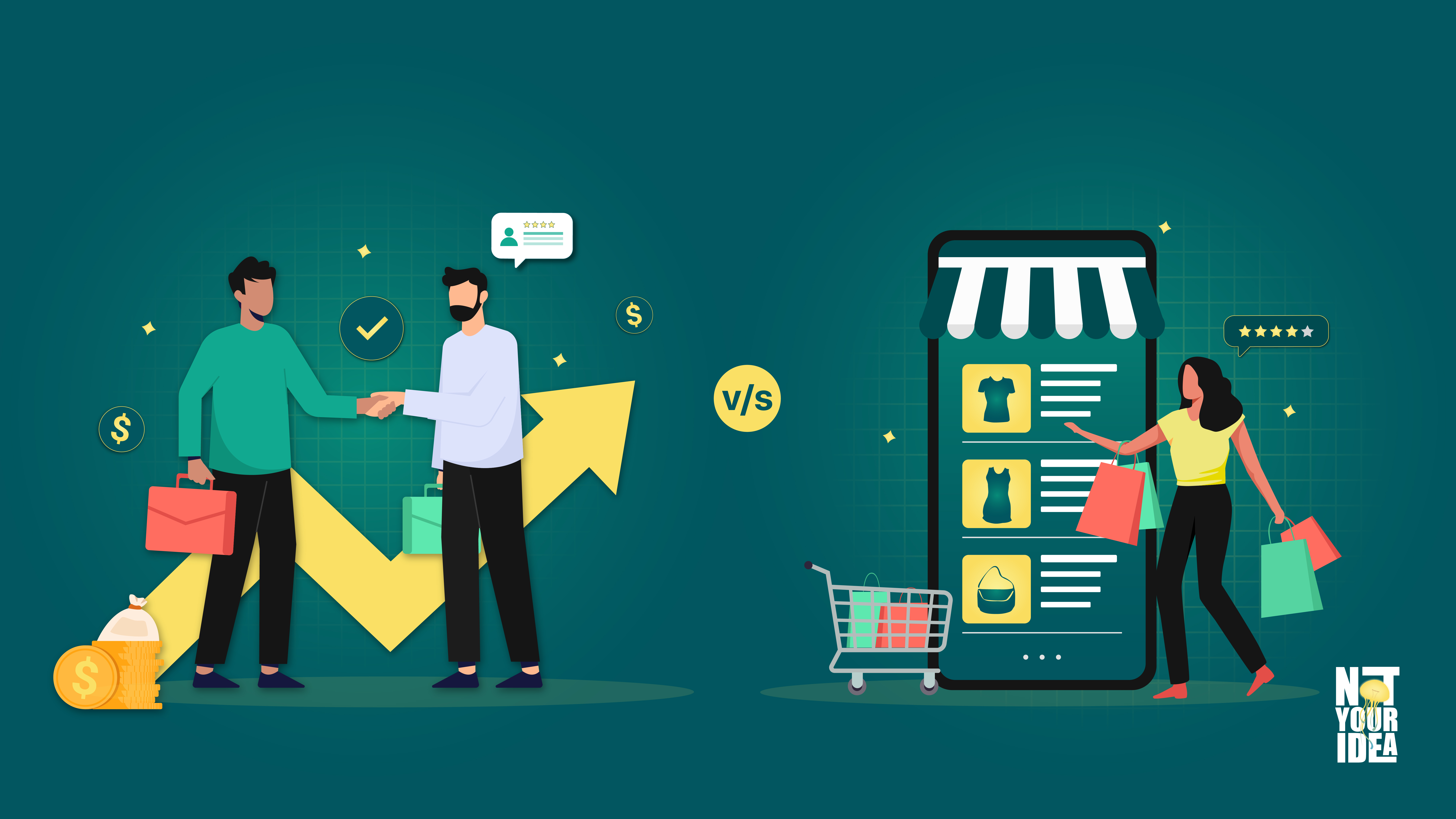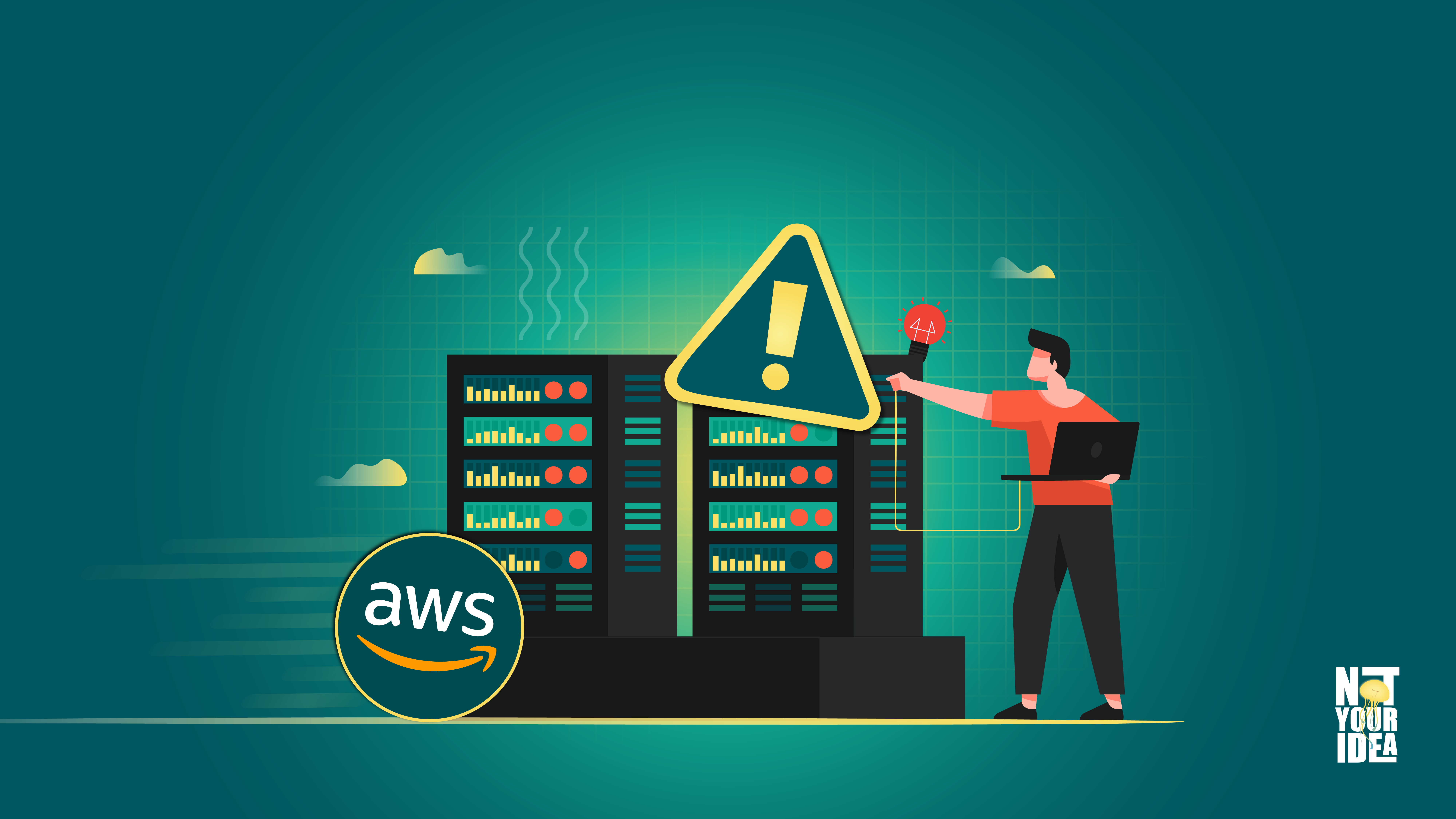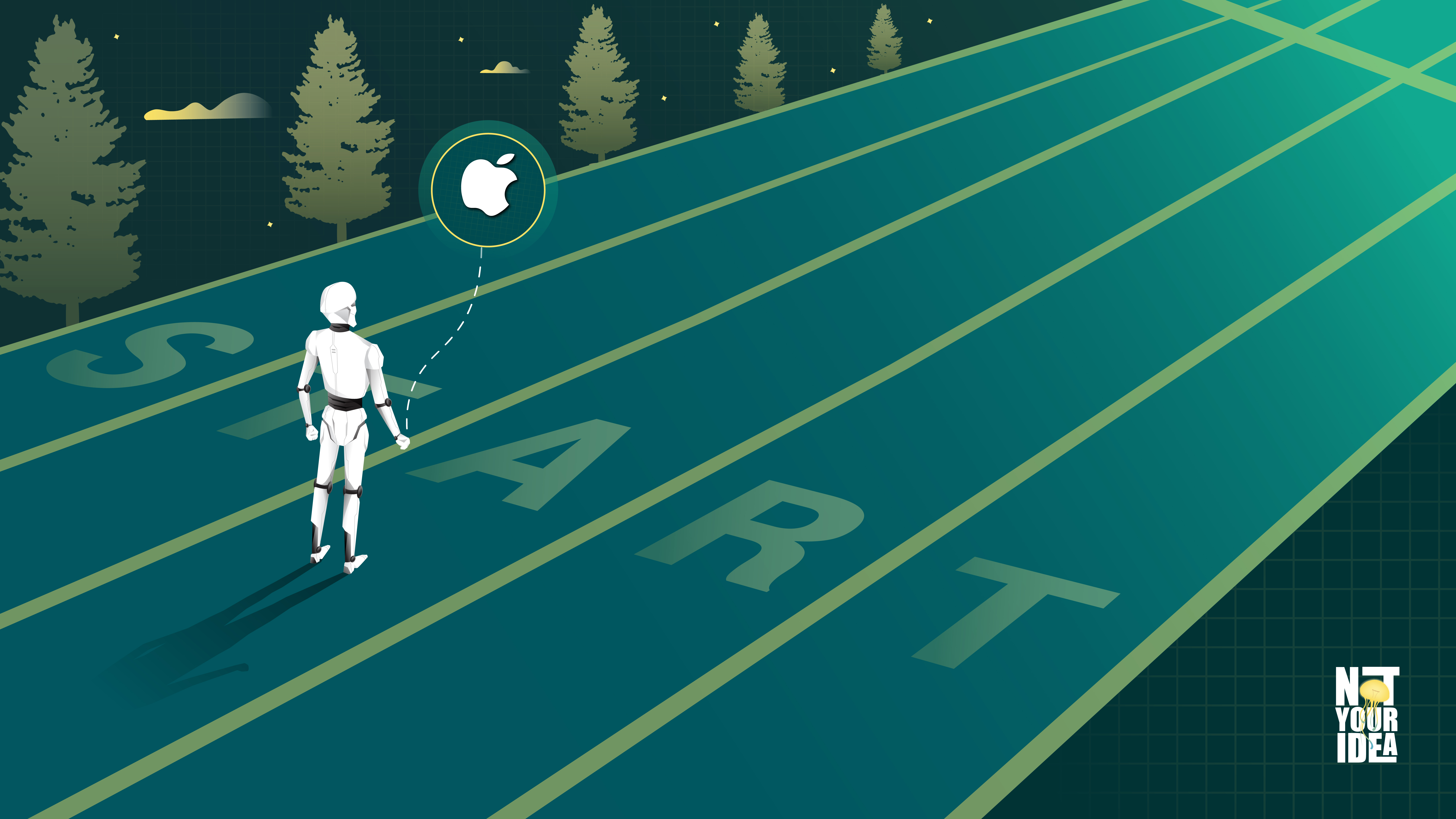Whether you’re a brand targeting consumers (B2C) or businesses (B2B), the way you present yourself online can make or break a potential sale. With customers relying more and more on the internet for their decision-making, it’s very important to know the digital perceptions that lead to purchase paths.
Trust Signals and Credibility Cues
Trust signals & credibility cues are the foundation of decision-making in today’s digital market. These are the signals consumers and businesses alike use to decide whether a brand is trustworthy and worthwhile. Typical trust signals include:
- User Reviews and Testimonials: Positive feedback from other customers or businesses can help potential buyers feel reassured in their decision. The more authentic and detailed the review, the greater the trust it builds.
- Security Badges and Certifications: Certifications like Secure Sockets Layer (SSL) or other industry-standard badges show that a brand is secure and trustworthy. Meaning the online shoppers and business buyers understand that their data is safe.
- Case Studies and Portfolio: Case studies or portfolios help B2B buyers to determine the efficiency of a company’s products or services. These show the brand has a history of success and can get results.
- Expert Endorsements or Associations: One of the deciding factors is when a brand is recommended by experts or someone affiliated with respected industry organizations; this provides an element of trust as well.
These trust signals help reduce the perceived risk of purchasing, which is a fundamental concern for any buyer, whether they're an individual or an organization.
How B2B and B2C Audiences React to Digital Impressions
Both B2B and B2C buyers are affected by trust signals, but their reactions to digital impressions can differ considerably because of how they’re motivated to buy.
B2C Audience:
Consumers generally make quicker purchasing decisions based on emotional triggers, convenience, and perceived value.
- Visual Appeal: For B2C buyers, the overall user experience is often the deciding factor. They don’t just look at colours or design, they respond to how easy and enjoyable it is to browse, explore, and buy.
- Social Proof: Social media influence and customer reviews also carry weight. Products promoted by influencers or approved by peers create a sense of trust, and buyers are motivated to make the purchase.
- Discounts and Offers: Limited-time offers, flash sales, and loyalty programs can be really powerful to elicit an immediate response from B2C buyers.
B2B Audience:
For B2B buyers, the whole process is more deliberate and thorough. They seek solutions that align with their organizational goals and add tangible value.
- Detailed Information and Functionality: Buyers expect to receive complete information, precise specifications, and obvious advantages. They are likely to refer to case studies to get clear on how the product/service could help them with their business.
- Reputation and Authority: B2B buyers often prioritize a brand’s history and reputation in the industry. They consider collaboration, distinctions, and long-term business partnerships as indicators of trustworthiness.
- Long-term Support: The perception of reliable customer service, after-sales support, and the brand’s ability to scale with their business needs plays a critical role in B2B decision-making.
Common Drivers for Both B2B and B2C
Although B2B and B2C audiences differ in their purchasing behavior, they share some common drivers:
- Reputation: Whether you’re targeting businesses or consumers, reputation is crucial. Both groups will check a brand’s reputation in the same way, that is, via online reviews, ratings, and social media accounts.
- Transparency: Being effective with their communication by being transparent about pricing, product details makes a good impression on both B2B and B2C buyers.
- Ease of Access: Providing an easy-to-use website or quick assistance through customer service is very much appreciated by both B2B and B2C buyers. This impacts their decision-making.
These common drivers show that while the specifics of the buying process might differ, both B2B and B2C audiences seek reliable, accessible, and trustworthy brands.
Practical Insights for Brands
Now that we’ve explored the role of trust and digital perceptions, let’s look at practical insights for brands to create more consistent and authentic digital experiences.
- Align Your Brand’s Digital Presence Across Platforms: Whatever method you choose, advertising, blogging, or social media interaction, ensure it’s visually aligned. Your website content should also mirror the same voice and visuals used across other platforms. Being consistent across channels helps build trust with the audience.
- Leverage Customer Testimonials and Social Proof: Trust is established through videos, reviews, and user-generated content. So, incorporate real customer stories and feedback to be part of your digital strategy.
- Provide Easy Access to Information: Your website and digital assets need to be very informative and reveal the value proposition, product features, and customer benefits. Both B2B and B2C buyers appreciate having all the information at their fingertips.
- Build a Strong Social Media Presence: Interact with your audience on social media. By responding to comments, sharing industry insights, and posting customer success stories, your brand’s credibility is improved.
- Ensure Transparency in Pricing and Terms: Clear pricing, return policies, and terms of service go a long way in building a trustworthy relationship. B2B buyers, in particular, are more likely to trust a brand that is upfront with its costs.
Summing Up
Trust signals, reputation, and the digital experience all play vital roles in helping both B2B and B2C buyers make decisions. Brands that are able to create a digital presence that is open, real, and in sync with their values can gradually change the way their consumers view them and eventually convert those digital impressions into loyal customers.
FAQs
What Do Both B2B and B2C Buying Processes Begin With?
Recognition is what initiates both the B2B and B2C buying processes. In other words, the first thing to do is to identify potential buyers.
What Are the Biggest Drivers of Growth in B2B and B2C?
The main factors that result in the growth of B2B and B2C are the same: technology, customer experience, marketing, and economic factors. Each of these elements contributes to the process of making the economy easier to access and improving efficiency, customer satisfaction, and engagement.
In Which Respect B2B Decision-making is Different From B2C?
B2B purchasing decisions often have a number of different people involved, take a long time, and have a big budget. On the other hand, B2C purchases are relatively simple and fast, usually one person making a decision right away for themselves or their family.
What Are the Four Main Categories of B2B Buyers?
The four primary classifications of B2B buyers are producers, resellers, governments, and institutions. Producers are those companies that transform the purchased goods into their own products. Whereas, resellers engage in buying and selling of products without altering them. Governments procure goods and services solely for their operations, and institutions are non-profit organizations that conduct purchasing activities on a budget-conscious basis.



